Explore different plants' behavioral, structural, and physiological adaptations with an interactive slide deck.
What are Structural Adaptations? Behavioral? Physiological?
If you’re starting up your unit on plant and animal adaptations and are on the hunt for some ideas and resources to get you started, you’re in the right place! We’ve got the facts and the tools you need to help you hit the ground running with instruction. Let’s start with the basics!
Animals and plants adapt to their environment in three ways: behaviorally, structurally, and physiologically. For example, a water lily’s closed flowers at night is a behavioral adaptation, while its flat leaves are a structural adaptation. Its specialized root system is a physiological adaptation that helps it absorb nutrients and oxygen from the water and air.
Discover a Variety of Plant Adaptations for Kids
This interactive slide deck is designed to introduce your students to various structural, behavioral, and physiological adaptations that help them survive. Each slide has a detailed image and description highlighting a specific adaptation that helps a plant to survive. Some plants referenced in this slide deck are
- Cactus
- Water Lily
- Venus Flytrap
- Poison Oak
- Roses
Using this slide deck, your students will discover the strange (and beneficial) structures and behaviors that plants have developed over time to survive.
Download and Use Your Adaptation Slide Deck Today!
You’re just a click away from getting your new resources! Use the dropdown arrow on the Download button to select the Editable Google Slides resource file. Download, project, and teach! It’s that easy!
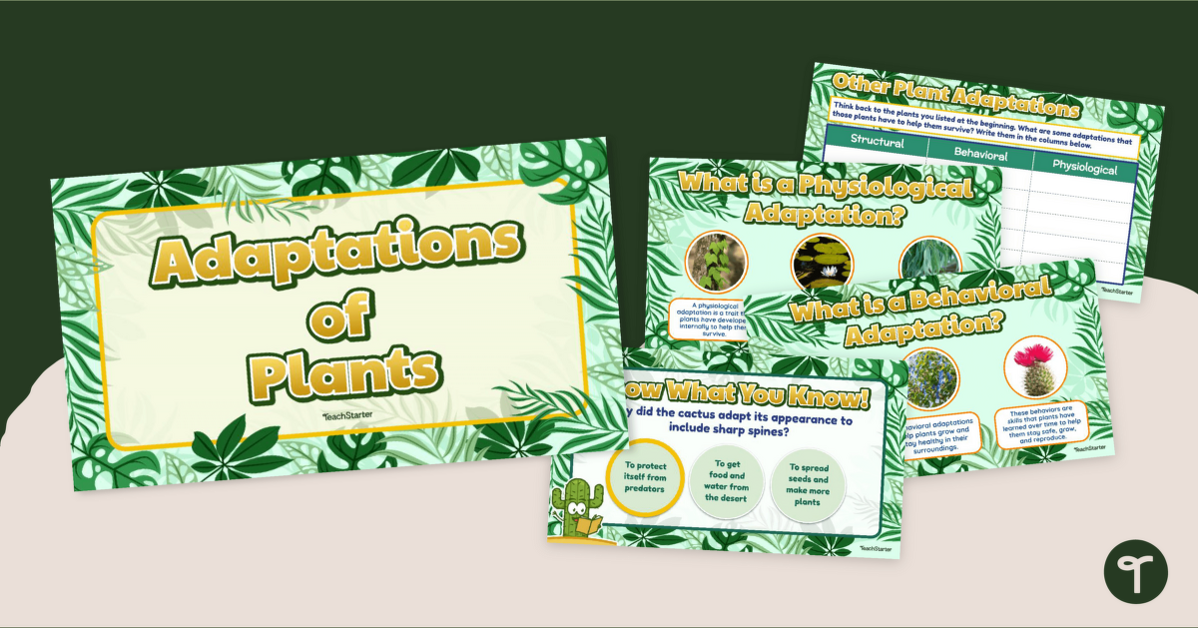

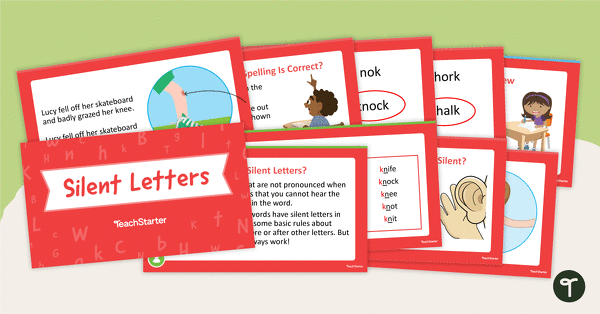


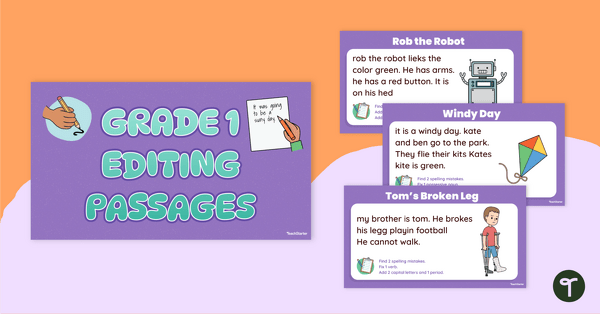



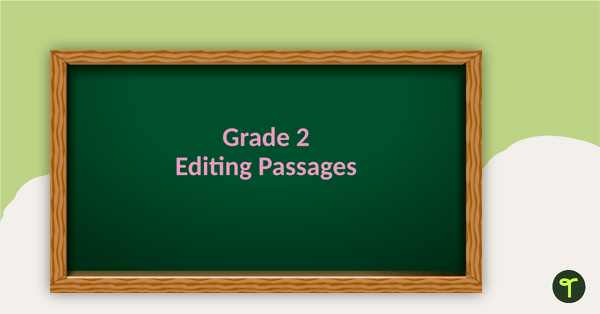
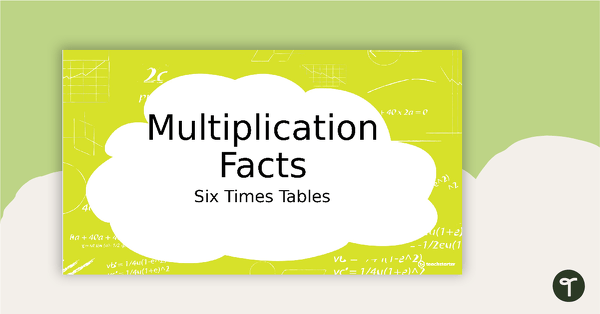

0 Comments
Write a review to help other teachers and parents like yourself. If you'd like to request a change to this resource, or report an error, select the corresponding tab above.